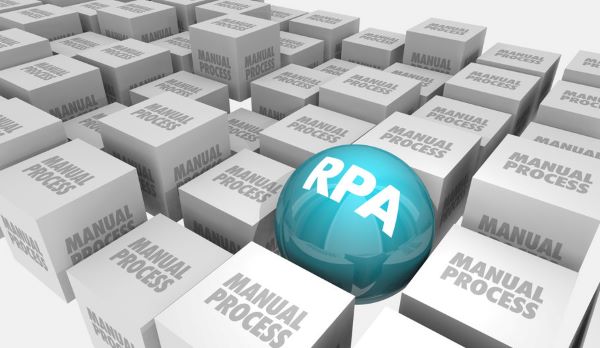

March 11, 2022
Like all organizations, Credit Unions face challenges to stay competitive, including attracting and retaining staff, changing demographics, and consumers wanting more personal interactions. Remaining competitive in today’s market requires you to invest in intelligent technological solutions. This is where Robotic Process Automation (RPA) comes in. It can optimize your operations while delivering a high-quality member experience.
Below are a few of the benefits your credit union can realize:
The best tasks to be optimized by implementing RPA include those with the following characteristics:
The ultimate goal in implementing RPA is to improve your member experience. Some examples of where RPA can help include member onboarding, streamlining the loan application process, and resolving customer inquiries. In addition, closing inactive credit and debit cards and processing escheated accounts, ensuring zero errors, is an added benefit for maintaining regulatory compliance.
Many organizations find the idea of implementing RPA a daunting task and don’t know where to start. Dewpoint developed a process to guide you through a successful implementation. It starts with understanding which processes benefit the most from RPA – those mind-numbing, simple (but high-value) repetitive tasks your staff dreads doing. The next step is reviewing the current process. Moving a “bad” process to RPA still results in a “bad” process. Implementing process improvements while moving to RPA allows you to achieve the most value.
Dewpoint and our team of experts can help you on your RPA journey. We begin by working with you to understand your current state operations and identify opportunities to improve the member experience. Contact us to learn more about driving value to your members with RPA.